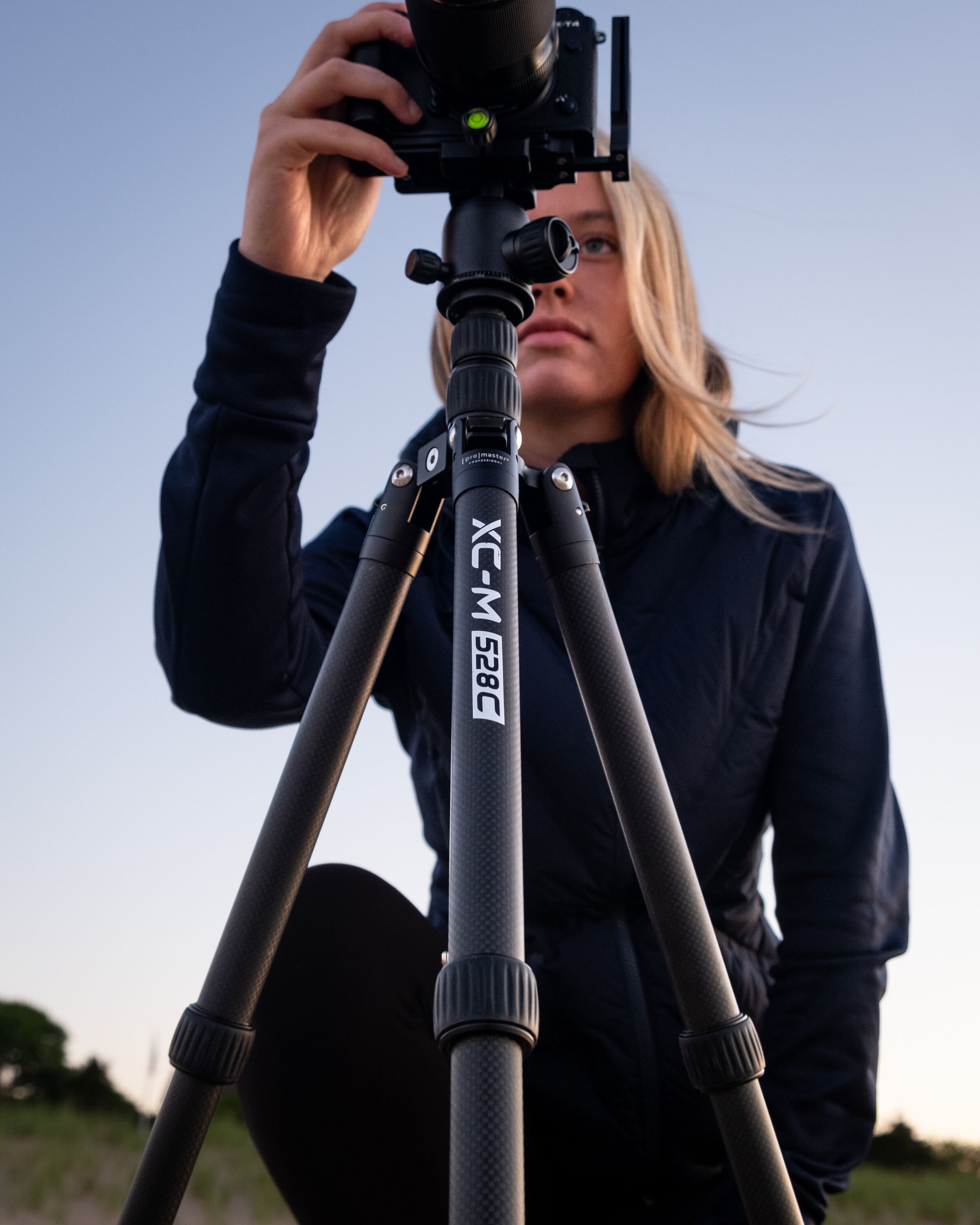Top Tips for Fireworks Photography
Fireworks present a unique opportunity to work on capturing light and create some truly amazing photographs. Beyond needing to understand the exposure and shutter speed settings to capture these kinds of shots, you’ll want to make sure you have the right gear on hand to create the images you have in mind.
Camera Settings
Set yourself up for success by learning the best camera settings for capturing fireworks. While many cameras now have a default fireworks setting, we recommend you use manual settings for the most control for the clearest shot. Since you might be adjusting these settings in the dark, bring along a small flashlight to see your dials.
There are some settings you’ll want to turn off before you start shooting: flash and long exposure noise reduction. Noise reduction may add an unnecessary complication for firework photography. Noise reduction takes a second photo of equal length with the shutter closed to merge the black layer with your long exposure photo. During a fireworks show, even this slight delay could cause you to miss out on a good picture.
You’ll be letting light into your camera for a longer period of time to capture the fireworks at night. Start with these settings on your camera: ISO 200, aperture at f/8 or f/11, and shutter speed between 1 and 10 seconds. You can step down the setting further for longer exposure, which will give you the opportunity to capture multiple fireworks in one shot.
Focus is an important element of capturing crisp fireworks in action. Manually focus the camera to infinity, which should be marked on your lens with the looping infinity symbol ∞. You can also try focusing using Live View on a DSLR or focus peaking/zooming in on a mirrorless camera. When you’re in the process of taking your firework photographs, try adjusting these settings in real time to get the best shot.
Gear
Here are some essential pieces of gear to bring on your fireworks shoot to improve your capture.
Adaptable Tripod
We recommend using a quality tripod to improve your shot. Tripods add the required stability when you’re shooting at longer shutter speeds for fireworks. They will also allow you to angle your camera for the best composition without any strain. If you use a tripod, turn off any image stabilization in your lens. It could inadvertently create image blur.
ProMaster XC-M tripods are lightweight, set up quickly, and are the most adaptable tripod system available anywhere in the world. Add all-terrain feet if you’ll be on sand, grass, or rocky terrain. Need some extra height to shoot above the crowds? Add leg extenders to your XC-M tripod and you’ll be a (tripod) head above the rest!
If a large tripod is not allowed at your location, consider using a handheld monopod or small tripod like the Hitchhiker or Hitchhiker XL. For a more adaptable option, we recommend the ProMaster Crazy Legs or Crazy Rig portable tripod. Either one has legs or arms to wrap around a tree or other object.
Shutter Release Cable or Wireless Remote
Once you have your camera set up on your tripod and your composition framed, add in a shutter release cable or wireless remote so you can leave your setup undisturbed. Both options will allow you to focus on timing your shutter releases once your camera has been set up.
Velocity CINE Memory Card
When capturing larger, high resolution image files or photos at fast frame rates, you’ll want a memory card that can keep up. The ProMaster Velocity CINE Memory Card has 250MB/s write speed and V90 video speed class that won’t hold you back.
Backup Batteries
Any time you’ll be out on a location shooting photos, you want to have extra batteries on hand. The ProMaster Dually Chargers are great for charging up two batteries at once before you head out. Bring along a ProMaster USB-C battery that conveniently charges plugged into your car or portable battery pack.
Location & Composition
Now that you know the settings to get you started and have your gear on hand, it’s time to get to your location. Getting there earlier gives you a few advantages: you can find the best spot for your composition, a spot on higher ground should give you an unobstructed view, and you’ll be ready for when the show starts. As the fireworks show goes on, smoke will start to accumulate in the sky, which may not be the effect you want in your photos.
Photography is nothing without a solid composition. Approach these kinds of photographs like you would a landscape, including a good balance of ground and sky. Leave room in your frame for the anticipated height and width of the firework’s burst.
You should also consider your vantage point for the show. If you’ll be in a city with a landmark nearby, frame it in the lower corner of your shot with the fireworks going off behind it. You could also include a portion of the foreground for added context, scope, and meaning; show fellow spectators or other contextual cues from your location along the edge of your composition. Shooting fireworks over water gives you an awesome opportunity to capture reflections. Be mindful of your surroundings and elements that can create an interesting composition and you’ll have beautiful, memorable fireworks photographs.
Updated June 26, 2024.












